Mozambique| Just In: Four murdered in Matola this morning
Chalane takes aim at Mozambique after making first landfall in Madagascar – AccuWeather
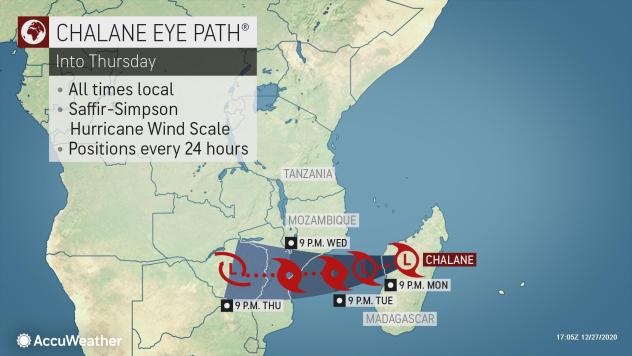
Image: AccuWeather
After forging a path toward Madagascar last week, Chalane has become the first land-falling cyclone of thAfter forging a path toward Madagascar last week, Chalane has become the first land-falling cyclone of the season in the southern Indian Ocean.
#Chalane has entered the Mozambique Channel and can strengthen to a moderate or even a severe TS before striking central #Mozambique on Wednesday, local time. pic.twitter.com/wfaLXZT4CA
— Jason Nicholls (@jnmet) December 28, 2020
Chalane made landfall on Saturday evening, local time, near Mahavelona along the northeastern coast of Madagascar.
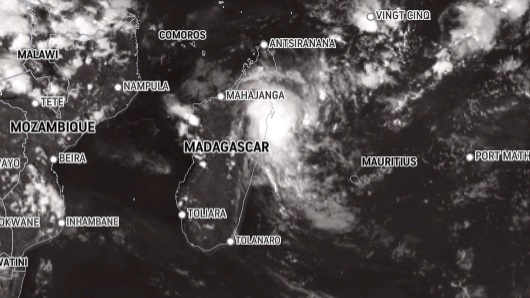
While Chalane brought an area of gusty winds near the point of landfall, the primary threat the storm will bring across Madagascar is heavy rainfall. The threat for flooding rain is expected to continue through Monday as Chalane slowly tracks to the west into the Mozambique Channel.
In Tamatave, along the east-central coast of Madagascar, 203 mm (7.99 inches) of rain fell in just a 24-hour period on Saturday and Saturday night. Rain totaling 100-200 mm (4-8 inches) is expected along Chalane’s track across central Madagascar. An AccuWeather Local StormMax™ rainfall of 300 mm (12 inches) is possible in the hardest-hit areas.
Rainfall of this magnitude will likely lead to flooding issues for the region and will also increase the threat for mudslides.
Rainfall of 25-75 mm (1-3 inches) is expected in the capital city of Antananarivo.
“The storm should emerge over the Mozambique Channel on Monday, local time,” AccuWeather Lead International Forecaster Jason Nicholls said.
Once Chalane moves across the warm waters of the Mozambique Channel, restrengthening is possible. To strengthen, tropical systems need at least two main atmospheric ingredients — warm waters and a lack of vertical wind shear.
Nicholls said, “Chalane may restrengthen into a moderate tropical storm before making another landfall in Mozambique.”
A moderate tropical storm in equivalent to a tropical storm on the Saffir-Simpson Hurricane Wind Scale.
Similar to impacts across Madagascar, there can be a small area of strong winds near the point of landfall in central Mozambique at midweek. However, Nicholls expects heavy rainfall and flooding to remain the predominate threat.
The exact level of rain and wind will depend on the amount of restrengthening, though isolated damage and power outages are possible near the coast due to strong wind gusts. Flash flooding will be possible from near landfall and inland into Zimbabwe along the storm’s track, even after is weakens below tropical storm intensity.
Chalane can impact portions of Mozambique still struggling to recover from Intense Tropical Cyclone Idai back in mid- to late March of 2019.
Simulation exercises ongoing in #Mozambique to prepare ahead of #Tropical storm #Chalane. With potential to cause severe damage, cyclone response requires early warning, strategic & communal action to minimise impact on communities caught in its stormy path. @CruzVermelhaMOZ pic.twitter.com/FMwzb9b9MG
— IFRC Disaster Law (@Disaster_Law) December 28, 2020
This tropical system is the third named tropical system of the season for the South-West Indian Ocean basin and is the first of the season to make landfall in the basin.
The 2020 South-West Indian Ocean basin cyclone season officially began on 15 Nov. and will end on 30 April 2021. There have been two named tropical systems so far this season: Tropical Cyclone Alicia and Severe Tropical Storm Bongoyo. Alicia churned in the basin from 12 Nov. to 17 Nov., while Bongoyo was in the basin from 30 Nov. to 11 Dec. Both systems remained over the open waters of the Indian Ocean during their respective lifetimes.
By Adam Douty
Cyclone #Chalane serves as a reminder that #Mozambique remains extremely vulnerable to climate change. At present #Chalane is expected to make landfall around Beira, an area devastated by Cyclone #Idai in March 2019. CARE is monitoring the situation. @CAREGlobal pic.twitter.com/yTTQrfwfWy
— Marc Nosbach (@NosbachMarc) December 28, 2020


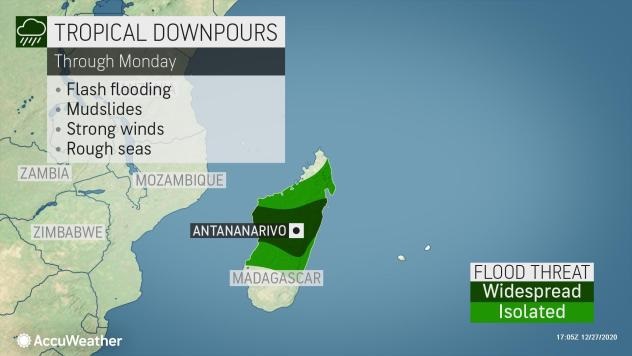


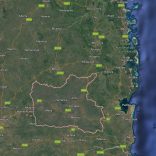

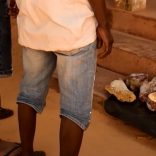





Leave a Reply
Be the First to Comment!
You must be logged in to post a comment.
You must be logged in to post a comment.